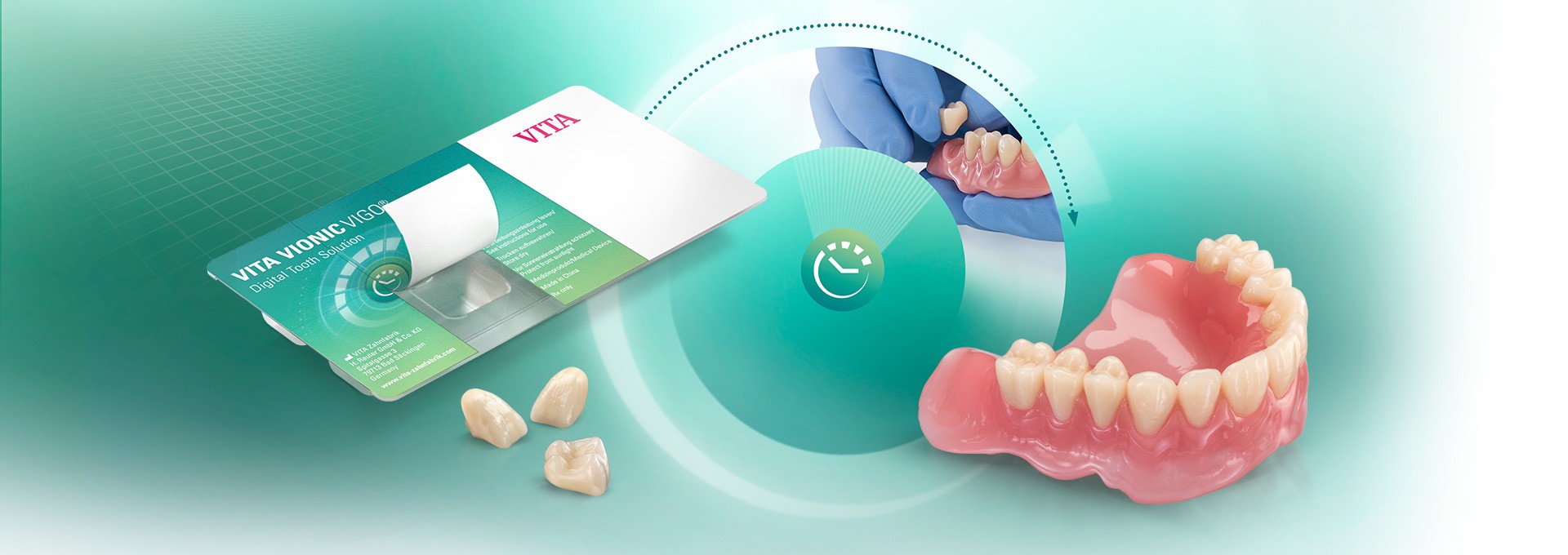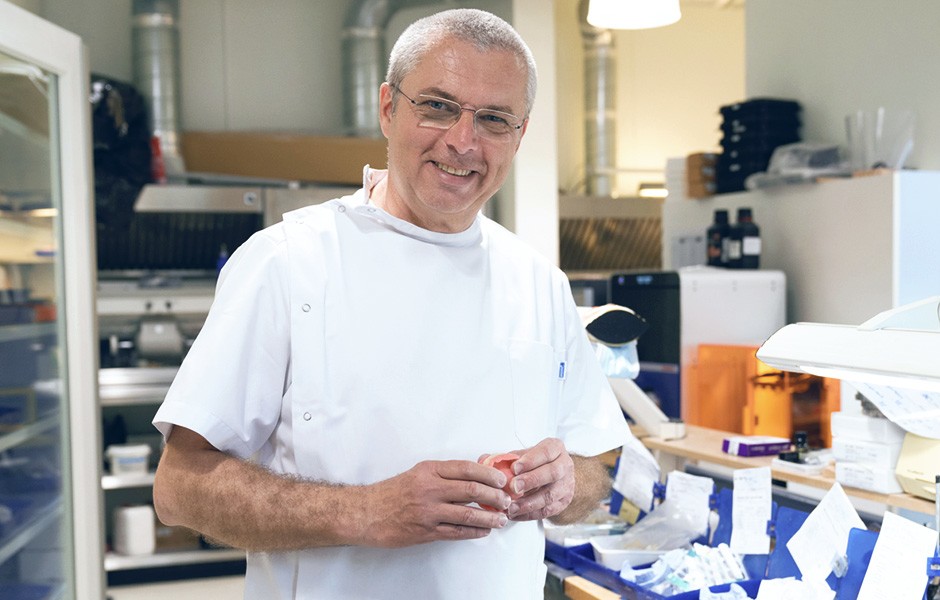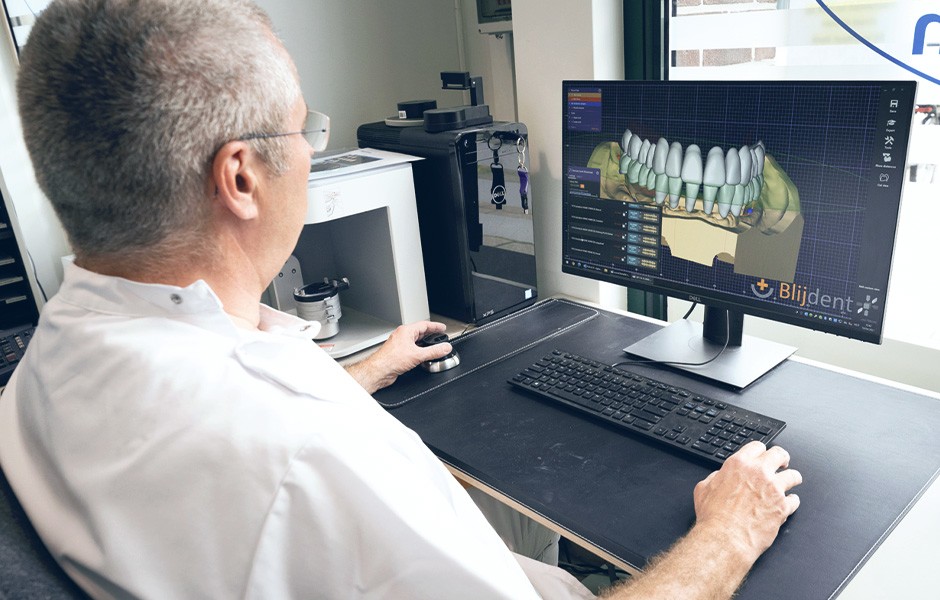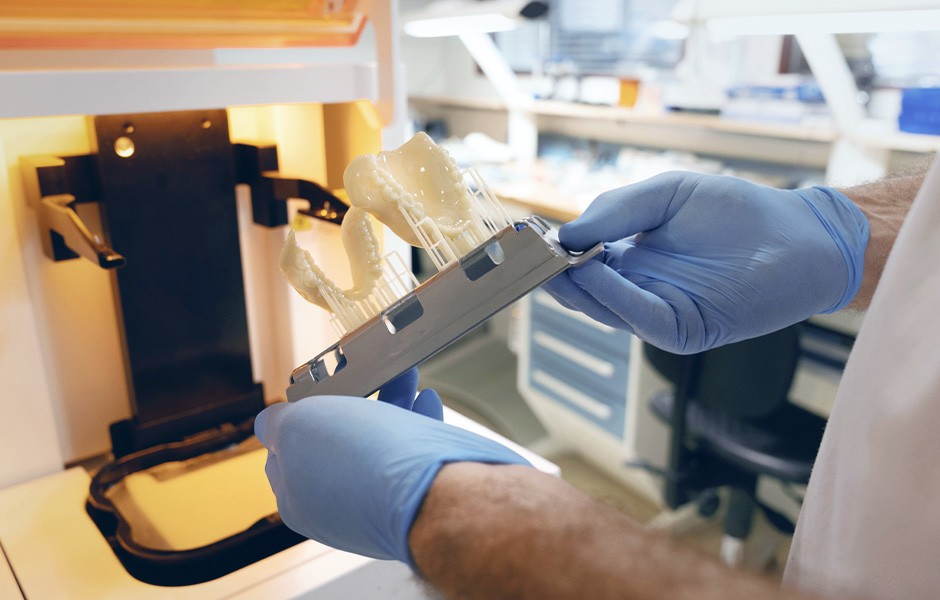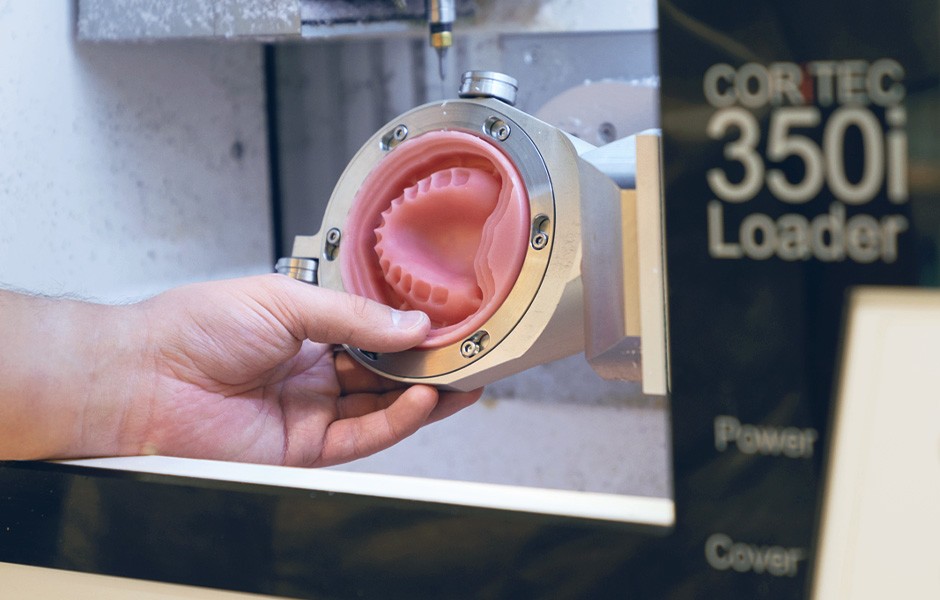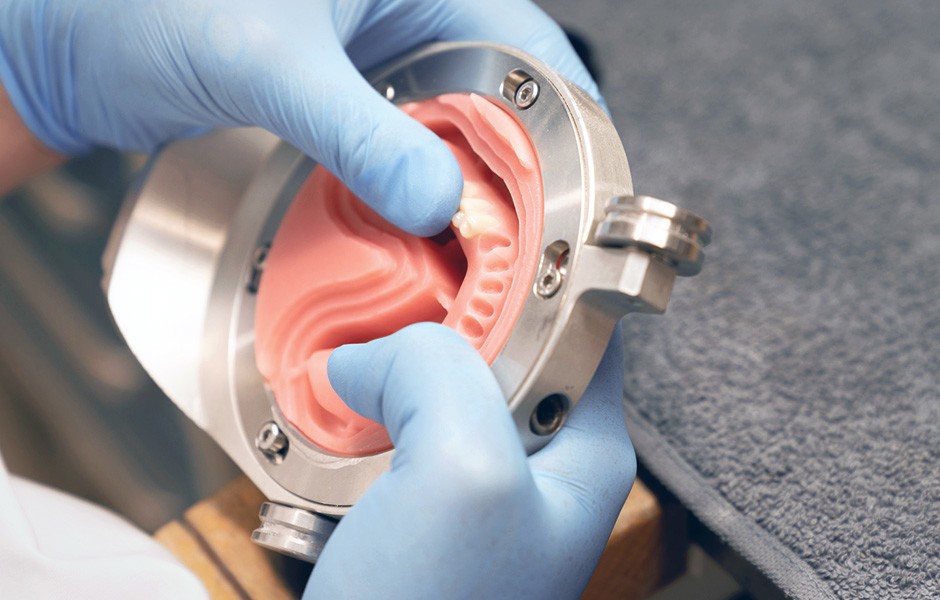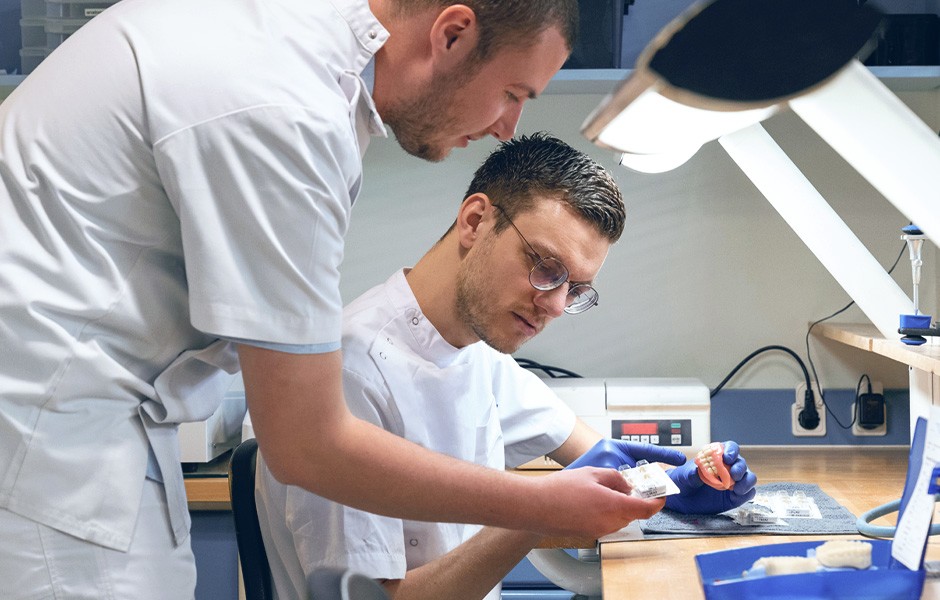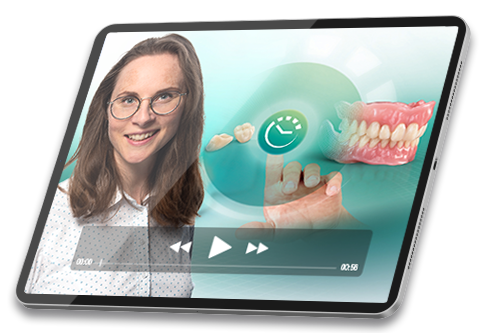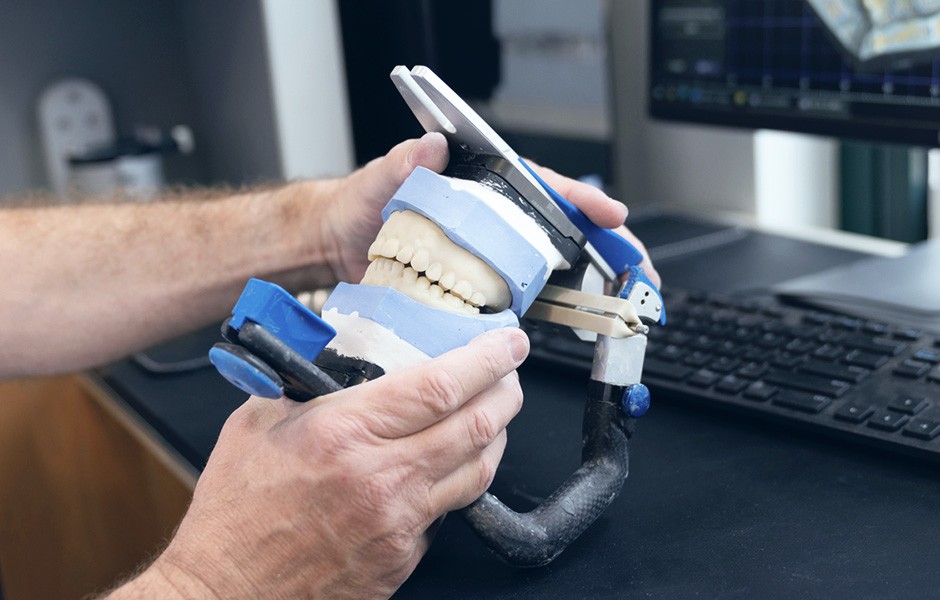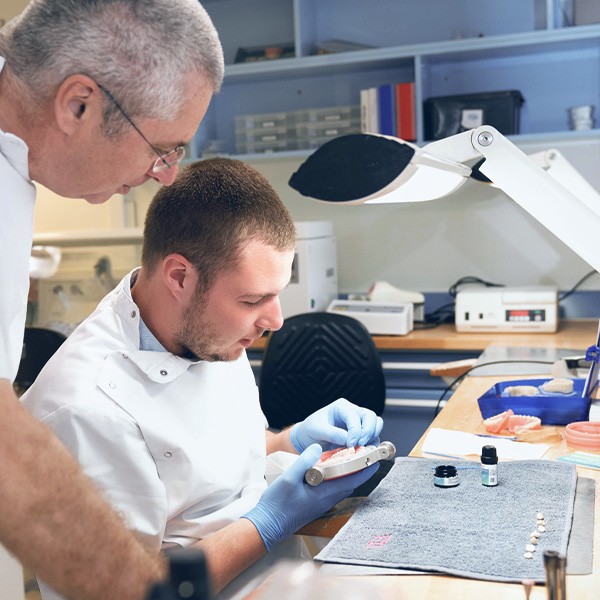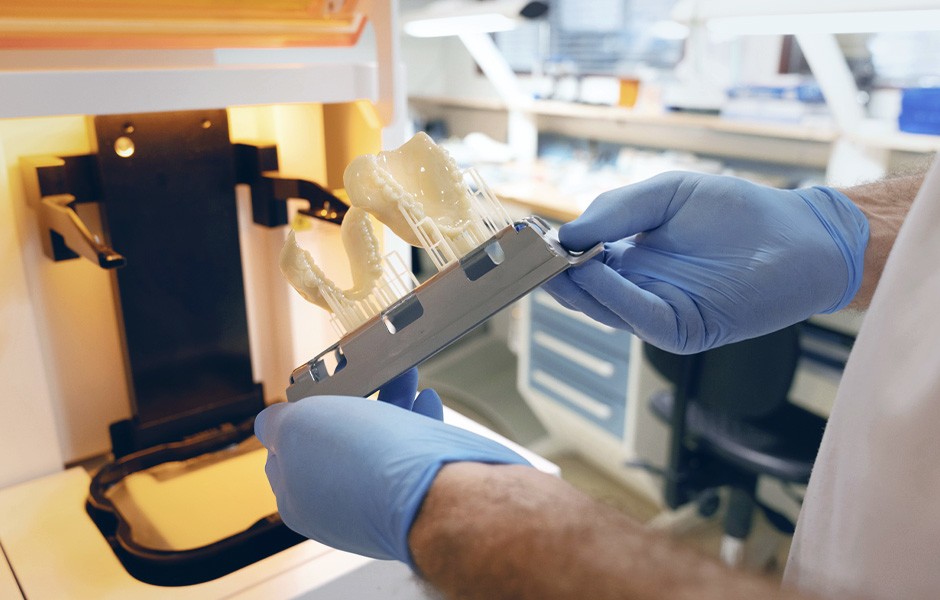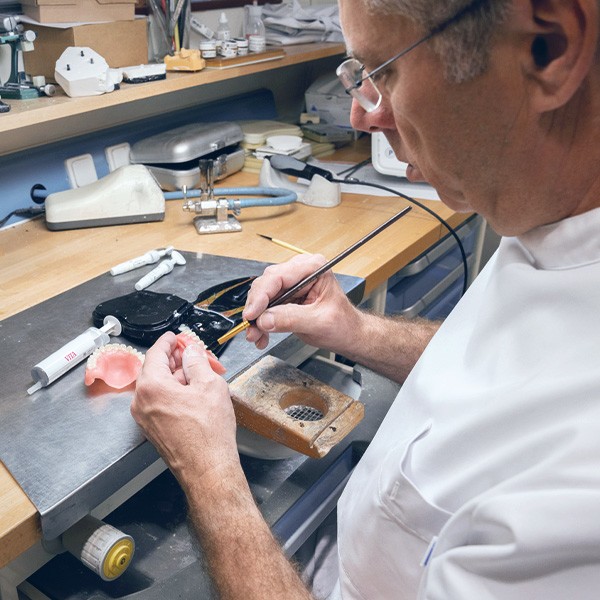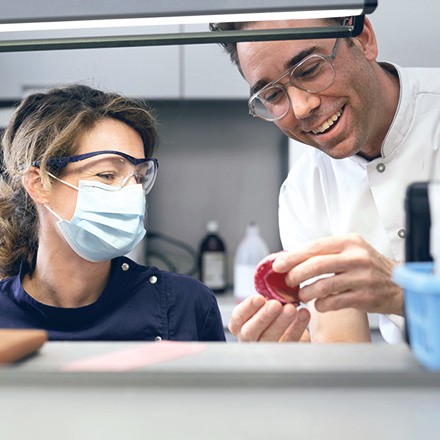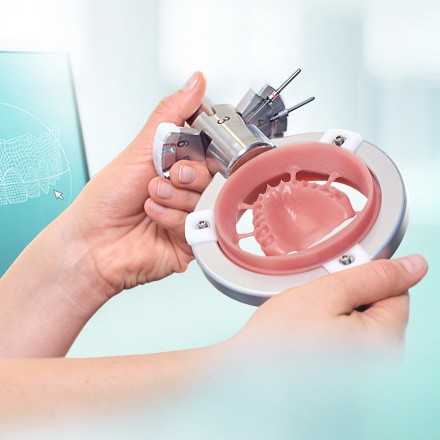In this interview, you will learn everything firsthand from a colleague about his path to digital full dentures and what he has learned from it.
There is currently a lot of discussion about the use and purpose of digital full dentures. For some it means the demise of the traditional craft of the dental technician, and for others it is the future. Regardless of your opinion, some of our colleagues have already taken the first step. And they have gained experience on their path to digital dentures that you may benefit from. In this interview with denturist Ralph van der Reijden (Rotterdam, Netherlands), you will learn more about his specific findings on digital denture production in everyday laboratory work.

